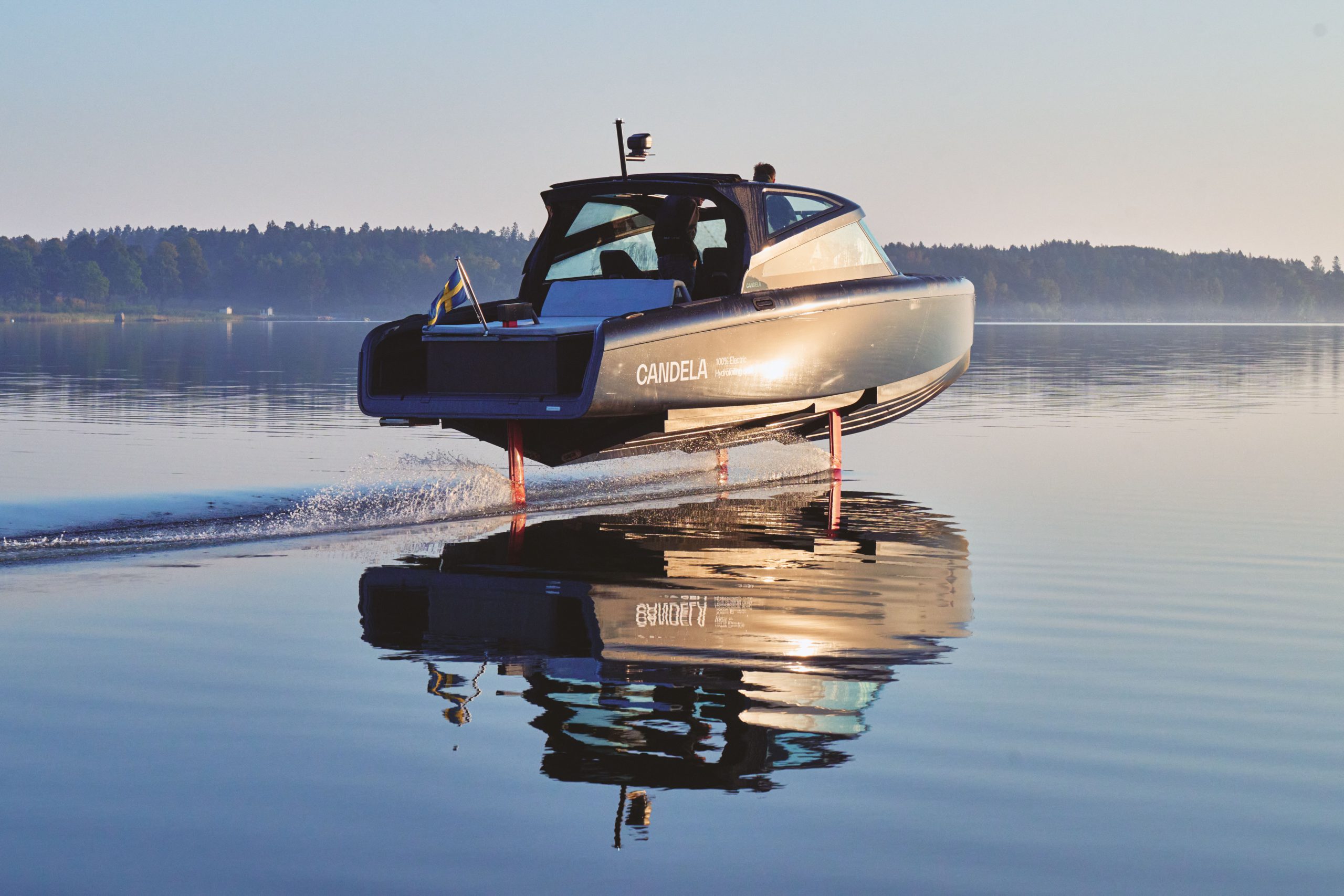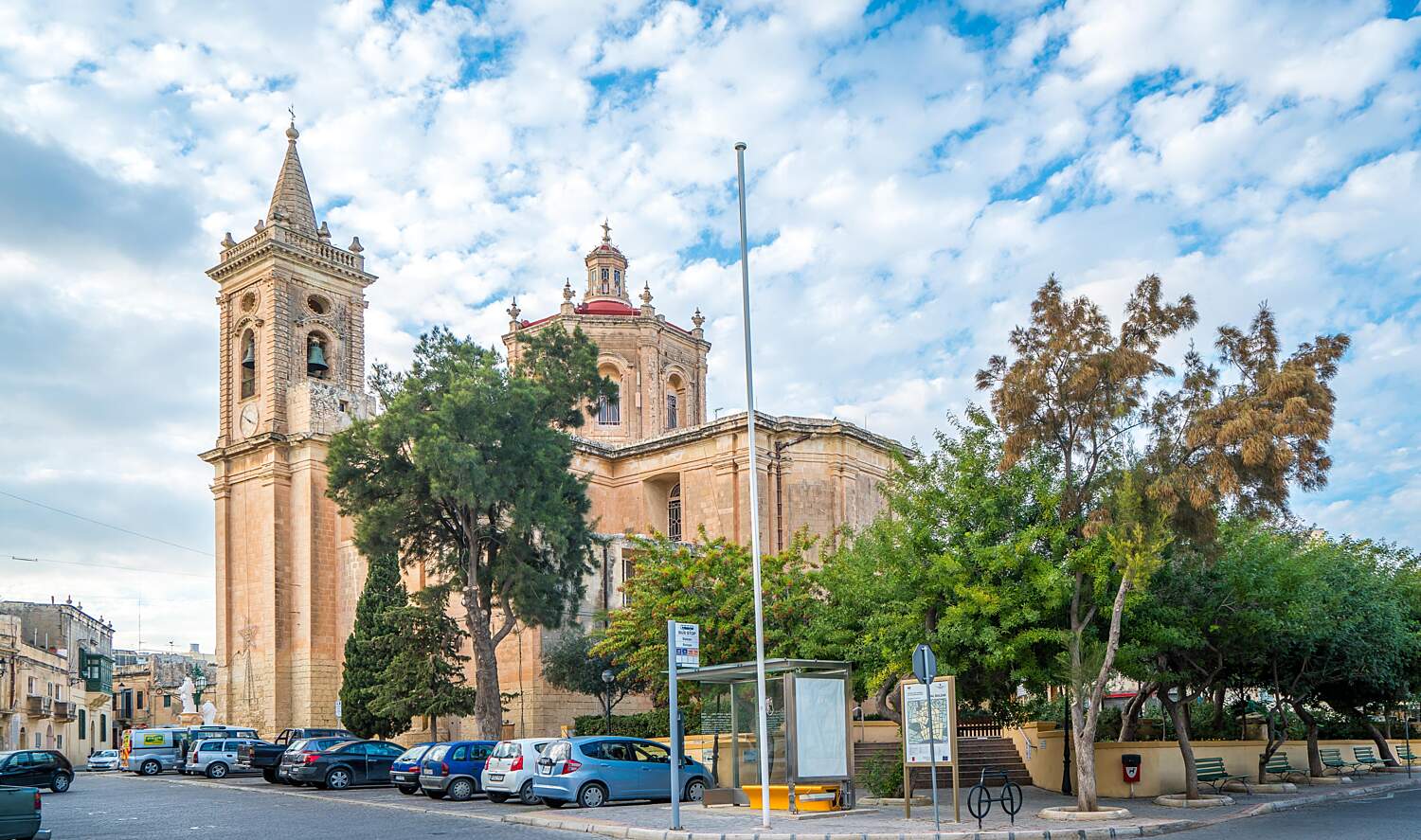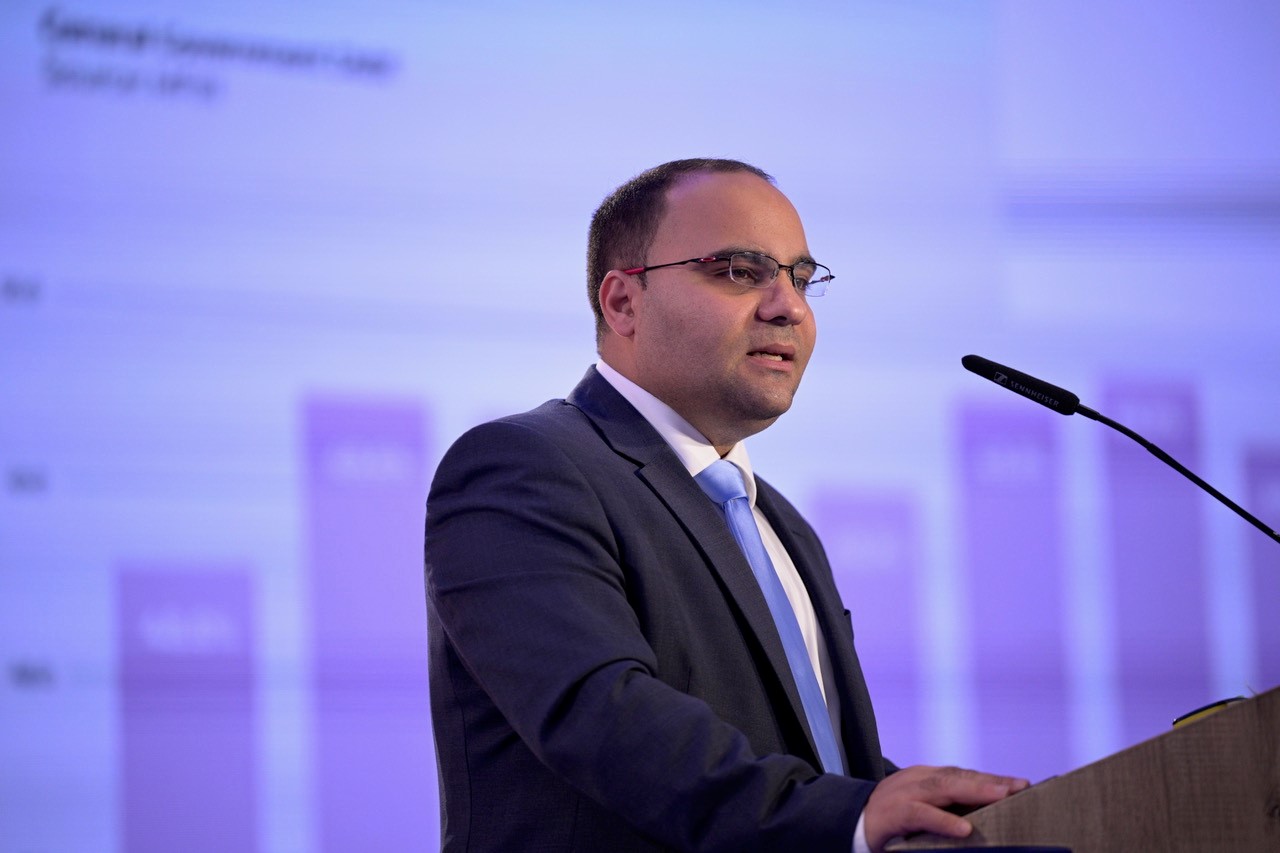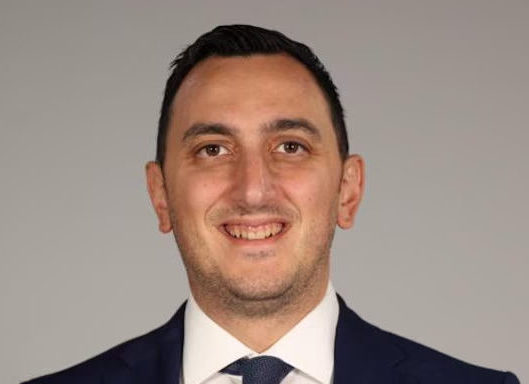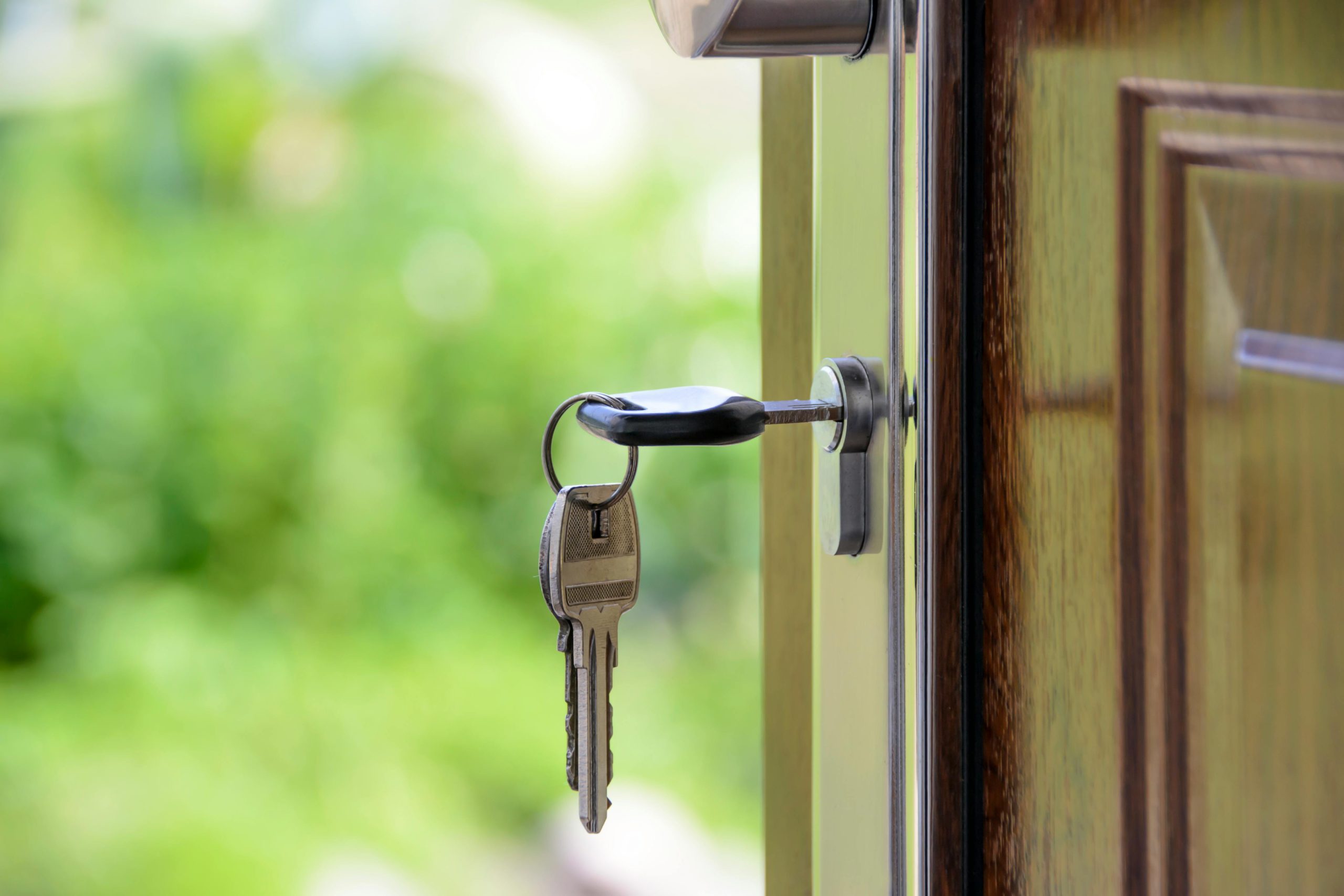A Stockholm-based tech company has developed the world’s first electric hydrofoil boats and ships – vessels that fly above the water with an 80 per cent reduction in energy consumption compared to traditional ships.
Candela Technology AB was founded in 2014 by engineer Gustav Hasselskog, who is also the CEO of Candela. His stated mission is to accelerate the world’s transition to fossil fuel-free lakes and oceans by developing electric vessels that outperform those powered by fossil fuels.
“The aim was to demonstrate that zero-emission sea travel is not only possible today, but that foiling electric ships and boats are so much cheaper to operate than fossil-fuelled vessels,” said Mr Hasselskog.
The record trip was made on 5th September in the latest version of the leisure boat Candela C-8, starting at 6 am from Stockholm’s Frihamn.
After a charging stop in Kapellskär (Sweden), they reached Mariehamn (Finland) at lunchtime, making it the first electric boat to cross the Baltic Sea between Sweden and Finland. In the harbour, the electric boat pioneers were greeted by a delegation headed by Åland’s Premier, Kristin Sjögren.
“The disadvantage of electric boats has been their short range, due to traditional boat hulls consuming so much energy. With our hydrofoil technology, we combine high speed and range, but you get so many other benefits. Flying over the Åland Sea in total silence and without slamming was absolutely magical,” added Mr Hasselskog.
The trip was made mostly with the existing charging infrastructure, and in partnership with Kempower, a charging solutions provider. In Kapellskär, the Candela was charged with a 40-kW wheeled charger connected to the existing power grid at the harbour, and in Finland’s Mariehamn, the boat was plugged into the marina’s three-phase outlet.
At 6 pm, the electric boat pioneers flew back toward Sweden. After a top up in Kapellskär, the C-8 returned in dense fog to the starting point, Stockholm’s Frihamn, at 11.30pm.
“We actually had range anxiety, but not for the Candela. The irony is that the photographer’s gasoline-powered chase boat had to refuel six times during the trip, while we only charged three times,” said Gustav Hasselskog.
Candela’s hydrofoil technology enables cost reductions for sea transport, the company claims, stating that this can be proven when summing up the charging costs verses the cost of refuelling a gasoline powered boat.
It further said that the photographer’s chase boat of a similar size had to refuel for €750 during the 150 nautical miles – while the Candela C-8 consumed 213 kWh of electricity, at a cost of about €40-€50.
“We’re talking about 95 per cent lower operating costs. This is a revolution that makes waterborne tranport compete with land transport in terms of costs, which we will now demonstrate in public transport in Stockholm,” concluded Mr Hasselskog.
Finance Minister confirms continuity of food and energy subsidies
Spending on food and energy subsidies as a percentage of the GDP will be at 0.7% in 2025
MHRA congratulates Glenn Micallef on EU role, highlights positive impact on Malta’s tourism and cultural sectors
The lobby group emphasised that Malta’s cultural assets and sports scene are key factors in attracting visitors and fostering economic ...
SME Chamber and Malta Developers Association slam controversial Identità lease attestation form
Identità's new procedure concerning lease attestation forms was not welcomed by these local stakeholders


